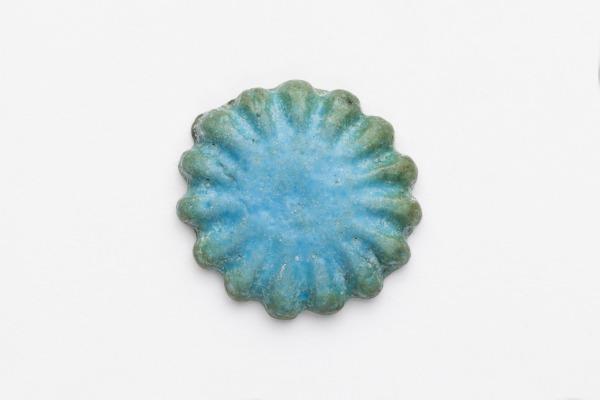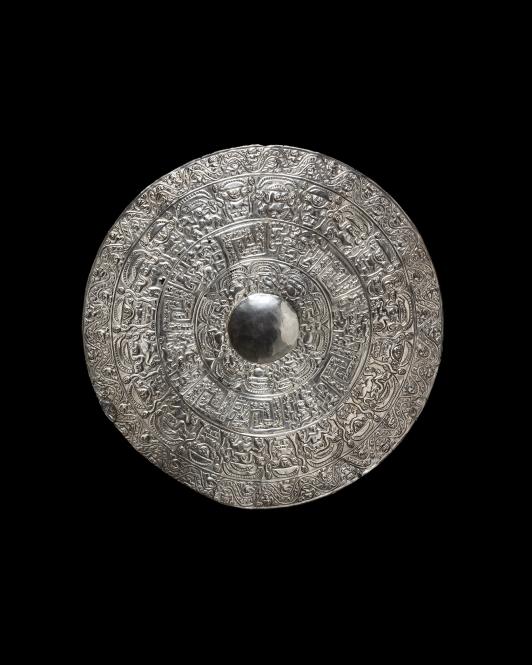2012.253

Object Title
Disc
Measurements
Overall, 1/8 x 5/8 in. (0.318 x 1.588 cm)
Creation Date
Unknown
Credit Line
Gift of an Anonymous Donor
Museum Name
Museum Contact
provenance@vmfa.museum
Culture
Country of Origin
Object Type
Materials / Techniques
Object URL
https://vmfa.museum/piction/6027262-13589856/
Museum's Definition of Antiquity
before 500
Provenance Information
By 2012, Anonymous Donor, New York; [1] Gift to the Virginia Museum of Fine Arts (VMFA), Richmond, Virginia, September 19, 2012. [2]
[1] Per the donor, the objects were purchased from a variety of dealers in the years 1983-1989. The donor reports that they were purchasing from the following dealers within this time frame, although this cannot be further verified: Jack Ogden, London; Ariadne Galleries, New York; Mele Galleries, New York; Harmer-Rooke Galleries, New York; Pyramide Galleries, Paris.
[2] Information in VMFA Curatorial and Registration files.
[1] Per the donor, the objects were purchased from a variety of dealers in the years 1983-1989. The donor reports that they were purchasing from the following dealers within this time frame, although this cannot be further verified: Jack Ogden, London; Ariadne Galleries, New York; Mele Galleries, New York; Harmer-Rooke Galleries, New York; Pyramide Galleries, Paris.
[2] Information in VMFA Curatorial and Registration files.
Exhibition Information
No information is currently available.
Publication Information
No information is currently available.
Section of the AAMD Guidelines relied upon for the exception to 1970
Cumulative facts and circumstances
Explain why the object fits the exception set forth above
The donor of this object acquired a number of works of ancient jewelry and other small objects on the art market between ca. 1983 and ca. 1989. VMFA decided to make an exception to the AAMD guidelines in order to bring these objects into a free, publicly accessible, educational institution, where they could be studied, displayed and publicized. The works represent a broad sampling of gems, encompassing a representative collection of intaglios spanning the chronology and cultures of the Mediterranean. The donor of this object had made donations to the VMFA since 1982.
